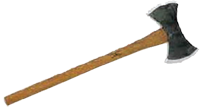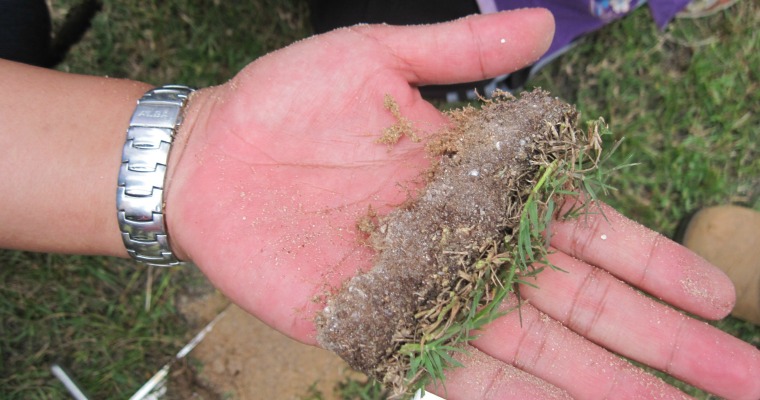Have you discovered a loose layer of organic matter on the top of your lawn? Known as thatch, it’s an all-too-common problem with residential lawns.
Thatch is essentially a combination of decaying and living plant matter that forms between the soil and the green, healthy grass blades. While thatch doesn’t always harm grass, it looks bad when it blankets a lawn.
Therefore, you should consider the following tips to prevent thatch and create a greener, healthier-looking lawn.
Bag and Dispose of Grass Clippings
When mowing your lawn, try to get into the habit of bagging and disposing of the clippings rather than simply mulching them back onto your lawn.
Mulching is undoubtedly easier, but it adds organic matter to your lawn – and that organic matter can accumulate to form thatch. This is especially true if you mulch grass clippings longer than 3 inches.
Use Less Fertilizer
There’s nothing wrong with applying fertilizer to your lawn to stimulate grass growth. However, you should follow the “less is more” approach. Applying too much fertilizer can increase the risk of thatch.
The high concentrations of chemicals like nitrogen and phosphorus, while effective at stimulating grass growth, encourage the formation of thatch.
If you’re going to fertilize your lawn, start by using a small amount. If needed, you can then gradually add more to achieve your desired results.
Use Less Pesticide
There’s also some evidence linking the use of pesticide to lawn thatch. Like fertilizer, pesticide contains harsh chemicals that disturb the natural ecosystem of the soil.
To prevent thatch, use an organic, all-natural pesticide rather than a chemical-based pesticide. Neem oil is a safe and effective organic pesticide that won’t contribute to thatch.
Grow the Right Type of Grass
Some types of grass are more susceptible to thatch than others. Kentucky bluegrass, creeping bentgrass and St. Augustine are notorious for producing thatch. In comparison, bermuda, fescue and ryegrass have a low risk of thatch.
Check Soil pH Level
Thatch is more likely to form in acidic oil than alkaline soil. If you haven’t done so already, test the pH level of your soil. This will reveal whether it’s acidic or alkaline.
Generally speaking, acidic soil is characterized by a pH of 5.5 or lower. If your soil has a pH level of 5.5 or lower, add an acidic ingredient like limestone or lime to raise it.
The Woodsman Company offers tree planting, tree pruning and shrub trimming, tree removal and stump grinding as well as a tree wellness program.
If we can help with any of your tree care needs give us a call at 512-846-2535 or 512-940-0799 or

